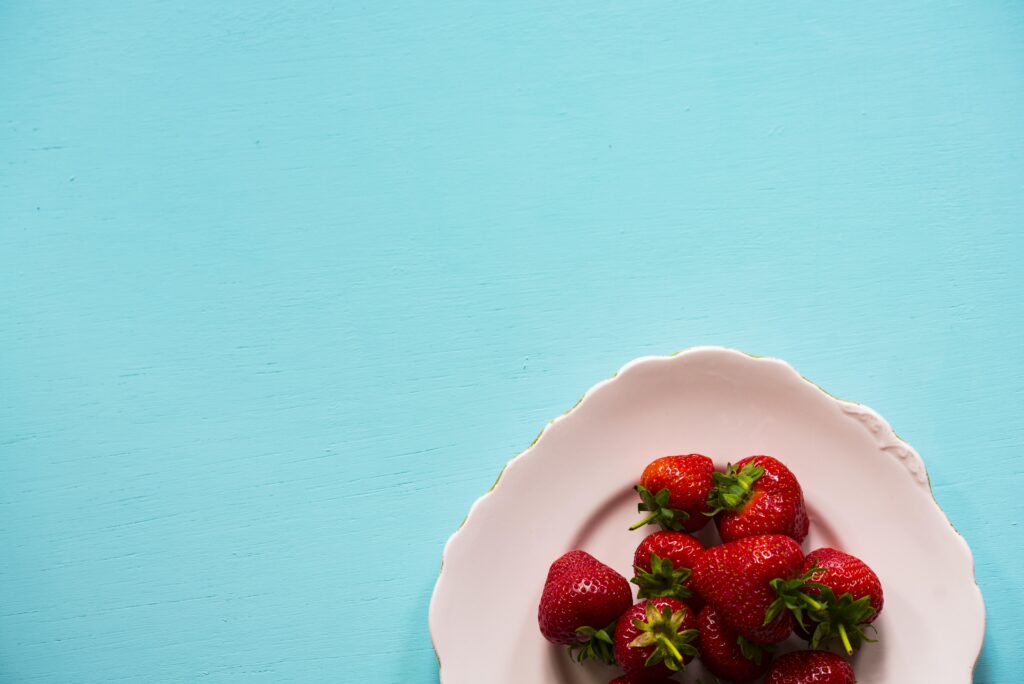In this article, titled “6 Easy Tips to Safely Handle Your Food,” the focus is on the importance of handling food safely to prevent the risk of foodborne illnesses. Whether cooking at home or following a new recipe, it is crucial to follow proper food handling practices. Dr. Colleen Tewksbury, a Registered Dietitian at Penn Medicine, shares six easy tips to ensure that individuals are cooking and handling their food safely. These tips include washing hands with mild soap and water, cleaning nails before cooking, using food-safe gloves, sanitizing sponges and dish cloths, following package directions for cleaning products, and using a food thermometer to prevent bacteria growth. By implementing these tips, individuals can protect themselves and their loved ones from unnecessary risks.
Tips for Safe Food Handling
Food safety is of utmost importance when preparing and handling food in any setting. Whether you are cooking at home or in a professional kitchen, it is crucial to take certain precautions to prevent foodborne illnesses. In this article, we will discuss some essential tips for safe food handling that you should keep in mind.

1. Wash Your Hands Properly
One of the most fundamental steps in safe food handling is proper handwashing. Washing your hands thoroughly with mild soap and water is crucial to remove any dirt, germs, or bacteria that may be present. Here are a few key points to remember:
-
Use mild soap and water: Hand sanitizers may be convenient, but they are not as effective as washing your hands with soap and water. Make sure to use mild soap to avoid any skin irritations.
-
Wash for at least 20 seconds: To ensure that you remove all dirt and bacteria, it is recommended to wash your hands for a minimum of 20 seconds. This duration allows for proper cleaning of your hands and fingers.
2. Clean Your Nails
Keeping your nails clean and free from bacteria is essential to prevent any contamination of the food you handle. Here are a few tips to ensure that your nails are clean:
-
Buy a nail brush: Investing in a nail brush can be an effective way to clean your nails thoroughly. Use the brush to scrub under your nails and remove any dirt or bacteria.
-
Prevent bacteria from entering your food: Even the tiniest amount of dirt or bacteria under your nails can contaminate the food you handle. By keeping your nails clean, you can minimize the risk of foodborne illnesses.

3. Use Food-Safe Gloves
Wearing food-safe gloves is an excellent way to prevent bacteria from coming into contact with the food you handle. Here are a few reasons why you should consider using food-safe gloves:
-
Prevent bacteria from touching your food: Food-safe gloves act as a barrier between your hands and the food, minimizing the risk of bacterial contamination.
-
Avoid cross-contamination with raw meat: When handling raw meat, it is crucial to prevent cross-contamination with other food items. Using food-safe gloves ensures that you do not transfer bacteria from raw meat to other ingredients.
-
If you don’t have food-safe gloves, wash your hands: In situations where you do not have food-safe gloves available, make sure to wash your hands thoroughly before touching a new food item. This will help eliminate any bacteria that may be present.
4. Sanitize Sponges and Dish Cloths
Sponges and dishcloths are common breeding grounds for bacteria due to their moisture and contact with food residues. Properly sanitizing them is essential to prevent the build-up of bacteria. Here are a few tips for sanitizing sponges and dishcloths:
-
Prevent bacteria build-up: Regularly sanitize your sponges and dishcloths to eliminate any bacteria that may have accumulated. This will help maintain a safe and clean kitchen environment.
-
Sanitize in the dishwasher: The easiest way to sanitize your sponge is by putting it in the dishwasher. The high temperatures and detergents used in dishwashers can effectively kill bacteria and ensure proper sanitization.

5. Follow Package Directions for Cleaning Products
Using cleaning products correctly is crucial to ensure their effectiveness and maintain a clean and safe environment. Always refer to the package directions to understand how to use them properly. Here are a few reasons why it is essential to follow package directions:
-
Ensure proper use: Each cleaning product has specific instructions on how to use it correctly. Following these instructions will ensure that you are using the product in the intended way and maximizing its effectiveness.
-
Maintain effectiveness of cleaning products: Not following the package directions may reduce the effectiveness of cleaning products. By using them as directed, you can be confident that you are achieving the desired level of cleanliness.
6. Use a Food/Meat Thermometer
Cooking food to the proper internal temperature is crucial to ensure that any harmful bacteria present are effectively eliminated. Using a food/meat thermometer can help you achieve the right cooking temperatures. Here are a few reasons why a food/meat thermometer is important:
-
Ensure proper cooking temperatures: Different types of food require specific internal temperatures to be considered safe to eat. Using a thermometer allows you to accurately measure the internal temperature and ensure that the food is cooked thoroughly.
-
Prevent bacterial growth: Bacteria can multiply rapidly in improperly cooked food. By using a food/meat thermometer, you can prevent bacterial growth and reduce the risk of foodborne illnesses.
7. Avoid Leaving Refrigerated Food Out
Leaving refrigerated food out of the proper temperature range can lead to bacterial growth and potential foodborne illnesses. It is important to understand the food safety temperature range and take necessary precautions. Here are a few key points to remember:
-
Food safety temperature range: Perishable food should not be left out of the refrigerator for more than two hours. Any longer than that, and bacteria can multiply significantly, increasing the risk of foodborne illnesses.
-
Prevent bacterial growth: By promptly refrigerating perishable foods, you can prevent bacterial growth and maintain their freshness and safety.
8. Click Here for More Food Safety Tips
For more comprehensive information and tips on food safety, click here to access additional resources. It is always beneficial to stay informed and updated on the best practices for safe food handling.
In conclusion, safe food handling is essential to prevent foodborne illnesses and maintain a healthy and safe environment. By following these tips, you can ensure that you are taking the necessary precautions to handle food safely. Remember to wash your hands properly, clean your nails, use food-safe gloves, sanitize sponges and dishcloths, follow package directions for cleaning products, use a food/meat thermometer, avoid leaving refrigerated food out, and access additional resources for more food safety tips.
